alva is now Penta. We are the world’s first comprehensive stakeholder solutions firm. Learn More
Hit enter to search or ESC to close
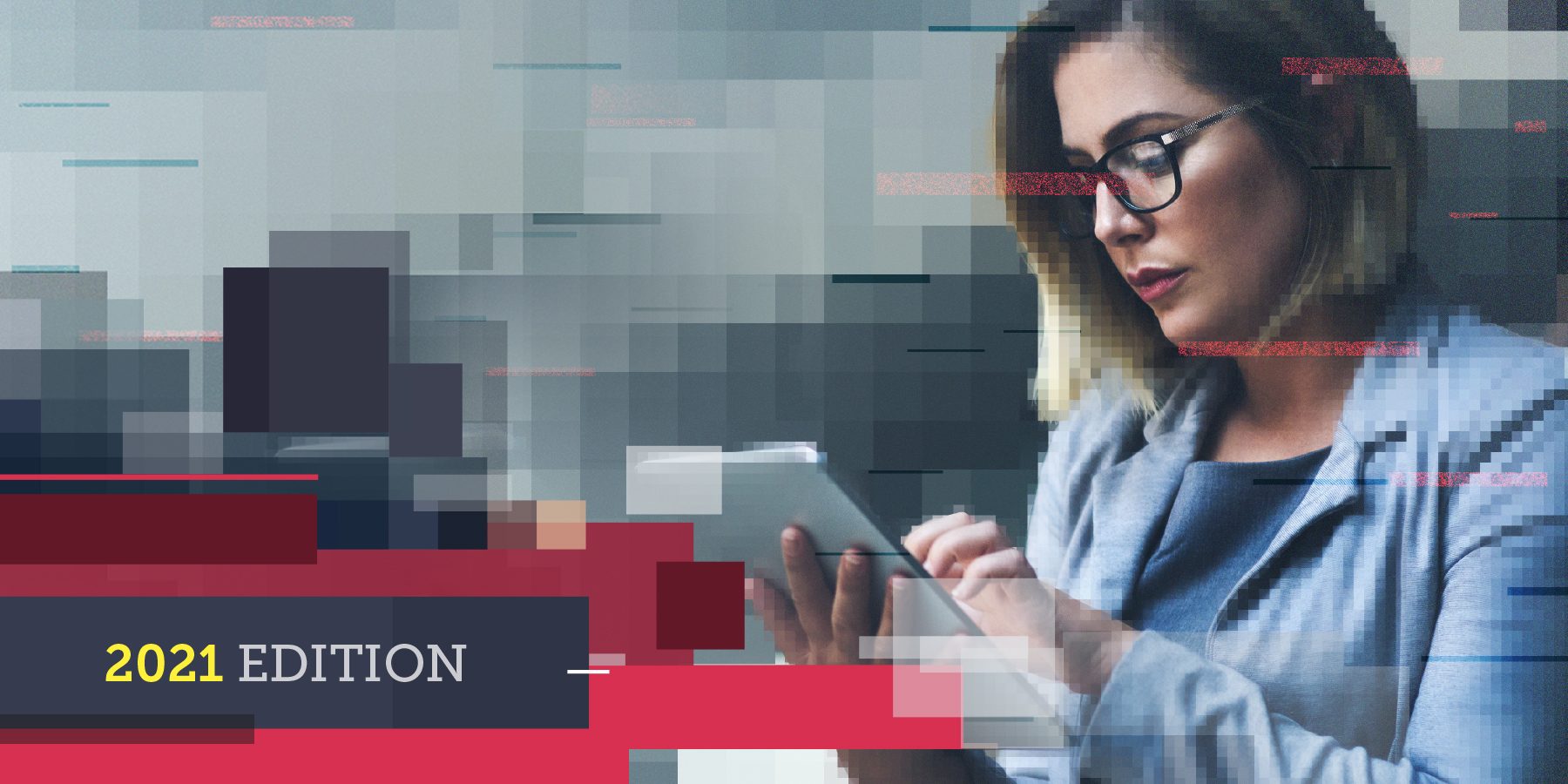
Everything we’ve learned over the past 15 years about media monitoring, from why you need it, to how it works, what to pay for it, and the golden rules to follow when building your solution.
There’s nothing new about the concept of media monitoring. Since written newssheets were first produced in 16th century Italy, people have competed to be the first in the know. The earliest clippings services emerged in London in 1852, in response to artists’ demand to read their own reviews. L’Argus de la presse, founded in Paris by Alfred Cherie three decades later, made an industry out of locating newspaper mentions for clients.
Since those days, organisations from businesses and governments to charities have embraced the idea. They use media monitoring to understand what their customers, constituents, and donors – past, present, and future – think about them. The principle being, if you know what’s being said you can join, and influence, the conversation.
Media monitoring allows you to track mentions of your brand, products, and services across all media outlets, including print media, online news, broadcast, blogs, forums and social networks. It empowers communications professionals with the tools to understand how far their press release has travelled, what earned media they’ve generated as well as any critical voices that may pose a risk to positive brand awareness.
A comprehensive media monitoring tool can trawl for any content relevant to you, your company, industry, and competition, keeping you one step ahead of the news flow and preventing you and your boss from any nasty surprises.
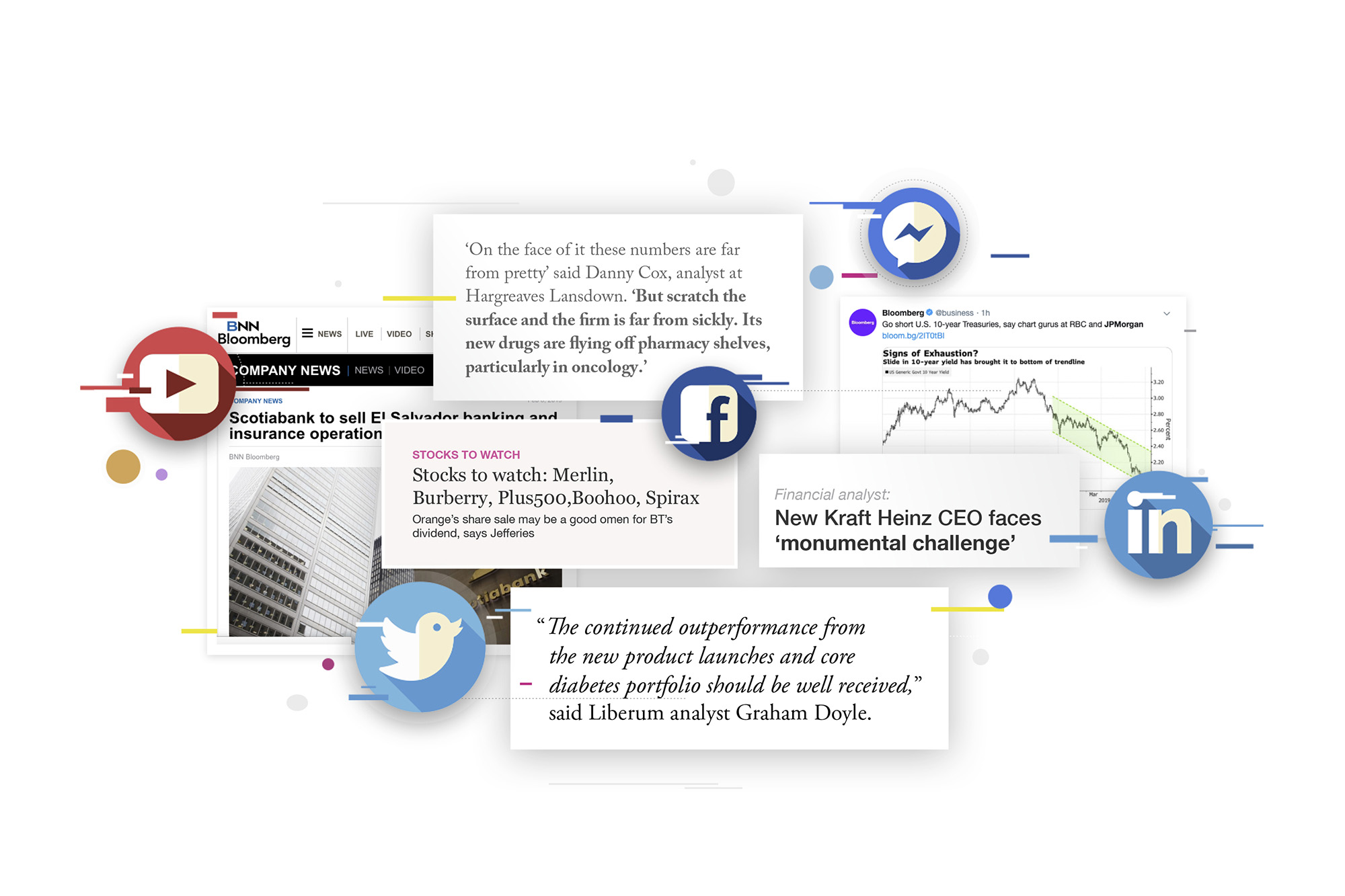
The 21st century has birthed an altogether more sophisticated approach than those early scrap books full of cuttings. Media monitoring software can now deliver a holistic view of media mentions, encompassing artificial intelligence, machine learning and sentiment and image analysis. All of which makes for a service companies can use to enhance, or defend, their brand reputation.
Media monitoring can achieve this in a number of ways. Better understanding of target audiences enables agile PR solutions and the creation of positive earned media. Identifying each critical mention means these may be diverted or rebutted, and the commentator won over. Social media monitoring flags and maps casual mentions and trending stories from online conversations. Establishing sympathetic media contacts allows organisations to feed positive stories into the mix.
At its most efficient, media monitoring and analysis helps organisations identify potentially damaging issues. It can predict where and when they might occur, and the length of the negative news cycle. This allows agile businesses to avert, or at least contain, the effects of any bad press.
The result: proactive, rather than reactive, communications strategies. The holy grail for any PR professional.
Knowledge is power – or at least, influence. Public relations isn’t just about what you are saying to your target audience. The clue’s in the name – it’s a relationship, a two-way street, and any PR pro worth their salary will want to know what is being said about their organisation, by whom, and in what context.
Media monitoring is important because it gives you an ear to listen into the conversation. The most comprehensive monitoring services will also tell you what your competition is doing and saying, and where your sector as a whole is heading. Are there trends you want to tie yourself to, or disasters you’d rather be distanced from? If you don’t know about them, then you can’t react, and will find that industry commentators, rather than your communications team, is setting the agenda for your organisation.
Media monitoring is important because without it, your brand reputation is out of your hands. Media monitoring also has value in measuring the true value of your communications strategy. Without tracking the reactions to their output, the PR team can’t know how effective individual campaigns are. They can’t see where the successes lie, or learn from their mistakes.
In a world where every quote can become a headline in moments, effective media monitoring lets you stay on top of the news cycle, and manage your reaction to it. In a world where your stakeholders are hyper-connected, the number of channels through which they are influenced and their opinions expressed grows with each new blog or Twitter feed. Handling that volume of content would take all – and more – of even the best-staffed communications team’s resources.
Enter media monitoring tools. These can sift through the noise to target relevant content and present it in an easy to digest format. The resulting report can be tailored to departments, and even individuals within your organisation. Media monitoring tools can scan print journalism, from front page news to columnists’ opinions; sift through blogs and online news sites; follow every relevant social media feed, and use voice-to-text applications to turn TV and radio into digestible bullet points. Media analysis applications enable volume and sentiment tracking, share of voice analysis, key message penetration and many more media metrics.
If you need to know what’s being said about your organisation – and we’ve established that you should do – then you need a media monitoring service. In addition, it will allow you to respond to stakeholders in a considered, authentic way that will connect with their specific priorities. It should, therefore, form part of your reputation management activities.
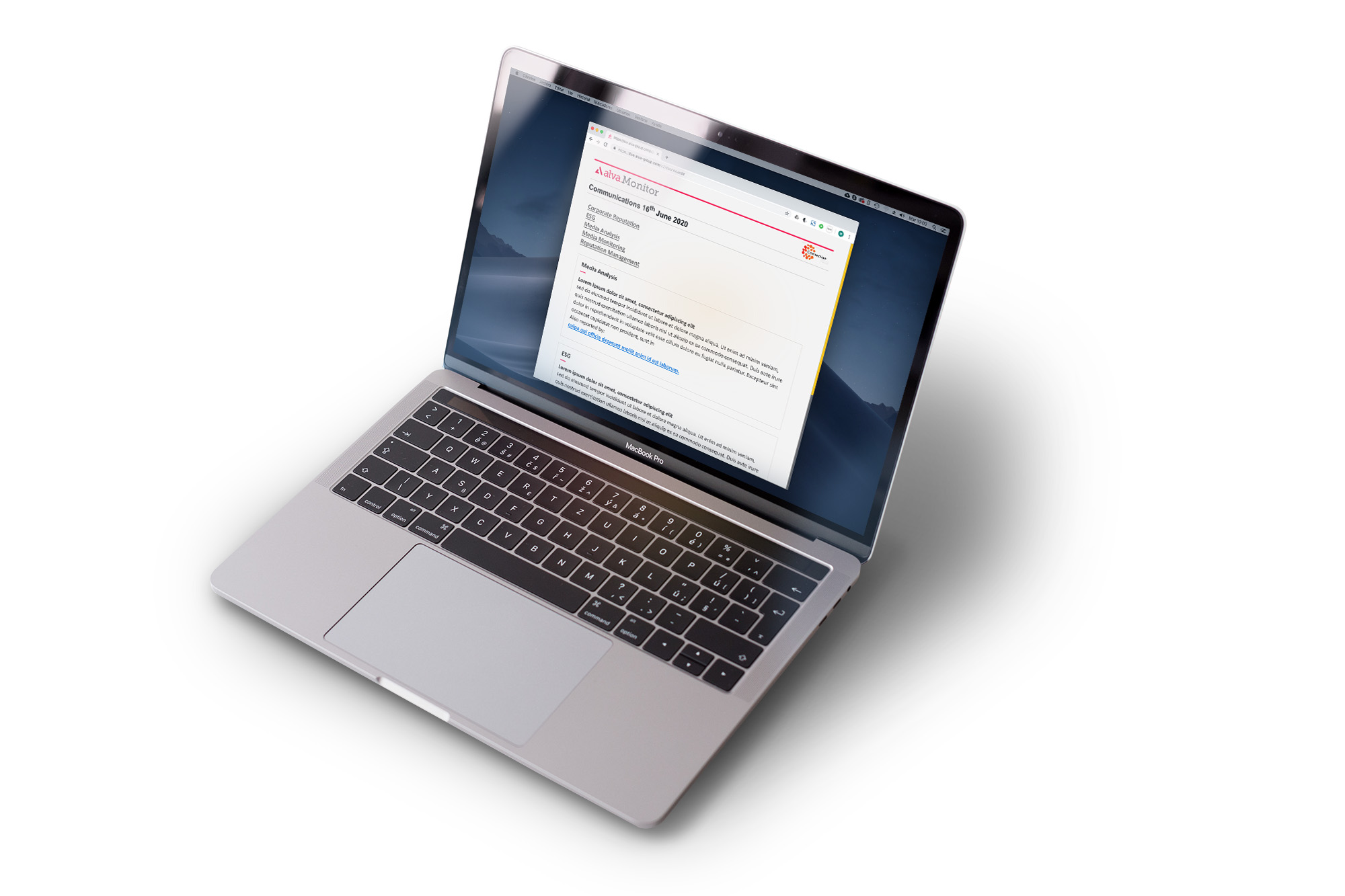
Media monitoring can also help you mitigate risk by getting in front of a bad news storm before it becomes overwhelming. If you are aware of the media mentions your suppliers, customers and competitors receive, you’re in a better position to mitigate risks relating to them, and understand external perceptions of them too.
In short, media monitoring supports everything from sales to the PR and comms function, risk management, marketing strategy and crisis management.
In short, media monitoring gives you oversight of the full range of media coverage accrued by a business.
Here are 5 of the most important reasons why you need a media monitoring service
Today’s media monitoring software has travelled light years beyond cut-and-paste clip gathering. The ideal is to cut through the noise, discard the irrelevant and retain anything of worth pertaining to your organisation.
The latest generation of media monitoring software has the capacity to audit millions of pieces of content, making it equal to scanning the 24/7 news cycle in addition to constant social scrolling.
Using natural language processing (NLP) and artificial intelligence (AI), all types of content can be scanned to pinpoint specific issues.
Speech-to-text technology, for example, is used to translate audio broadcasts into written text, allowing for digitisation. This level of rigour ensures that no meaningful mention of a topic or brand is missed.
The most advanced media monitoring services use artificial intelligence and machine learning tools to trawl for and analyse relevant coverage. Semantic analysis and natural language processing pinpoint keywords. Sentiment analysis and machine translation meanwhile, can identify tone of voice. Specific imagery can also be identified. Real-time insight into an organisation’s media coverage, as well as on demand analytics of emerging stories, are the realm of AI.
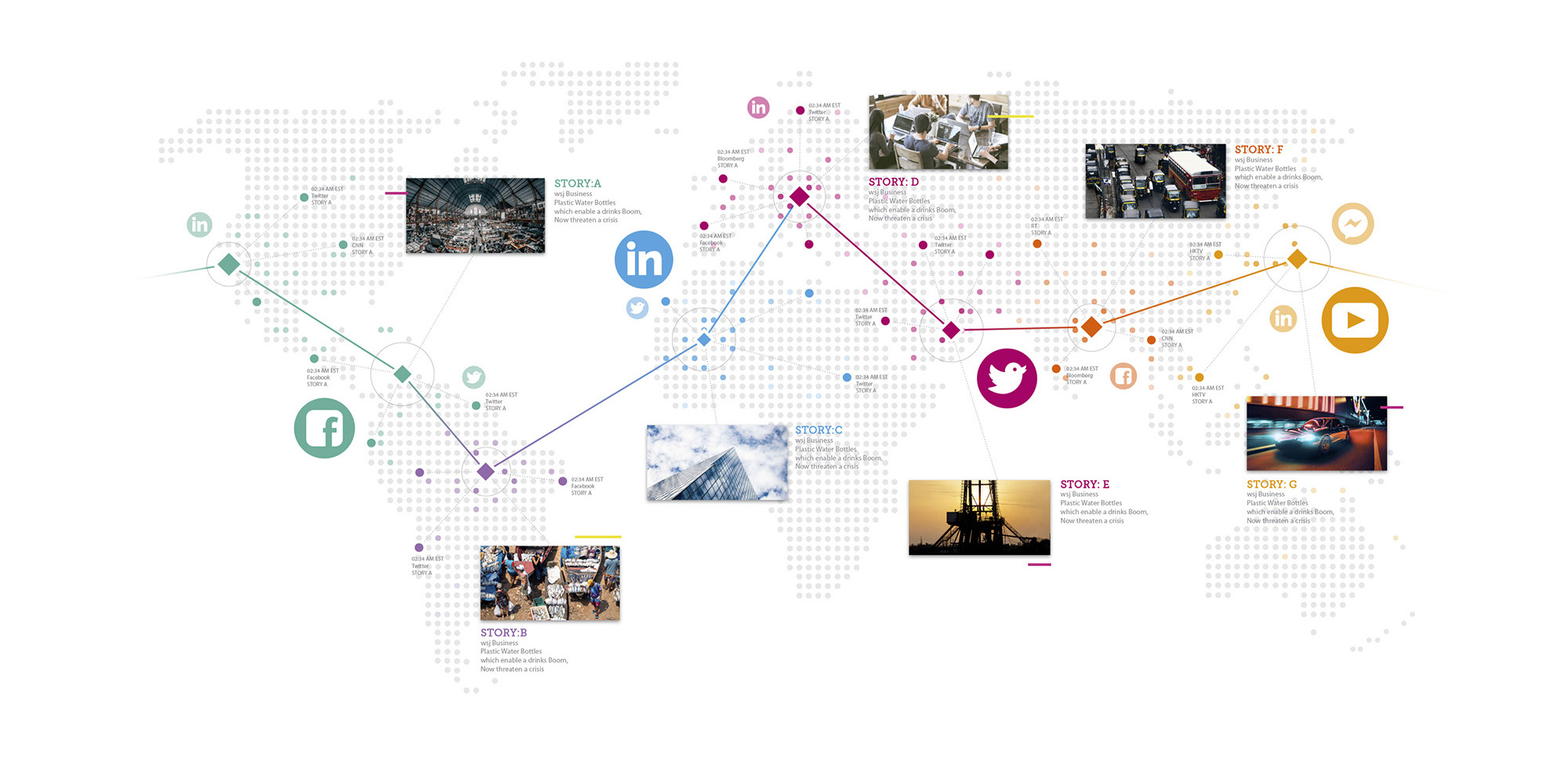
The application of machine learning has greatly advanced the capacity of media monitoring to offer a nuanced understanding of the content being scanned. Social listening is only useful if the programme can translate the text-speak shorthand it’s being required to digest. Language pattern matching is used to help the programme to identify and categorise the words and phrases it comes across. It has freed media monitoring from reliance on complicated strings of Boolean logic.
Machine learning is also employed to help the programme understand which types of articles are most relevant to both the business and user that is receiving the service. This steps away from rules-based selection and introduces a more fluid, training-based comprehension, to create a less binary, more ‘human’ interpretation of the content. The result is greater relevance and customisation of content to an individual’s unique preference, rather than a one-size-fits-all company-level solution.
However, one of the key differentiators between competing media monitoring solutions is the human factor. The use of advanced technology and AI does not obviate the need for human involvement, and the most accurate and useful services will include the input of living industry experts who can verify and translate the findings to make them meaningful for the client. This represents the difference between an off-the-shelf, machine-only product, and one that is designed with the user’s needs held front of mind.
A comprehensive media monitoring tool includes close contact between the human editors and the end user – a concierge service that helps to tailor the output to the client’s needs. This ensures an agile, relevant and internally nuanced solution, which is kept current with the client’s evolving needs.
The human element also means someone being contactable 24/7 – to discuss what content is expected to come up, how it should be handled and who should receive it. It’s the reassurance of knowing that someone who has written about an industry for 15 years is responsible for conveying the nuance of an article when summarising it and when the end recipient will be senior management.
As with any service in today’s economy, media monitoring comes in a range of, increasingly expensive, options. There are free or low-cost applications (such as Google Alerts) that use a broad brush to highlight news stories mentioning your organisation.
Then come the paid-for tools which the comms team can use to monitor the news cycle with varying degrees of sophistication and highlight anything you might need to know.
And then there are premium services, which offer not just media monitoring, but in-depth analysis and real-time reporting. These can deliver exactly what you need to know, when you need to know it – and also explain why you need to know it.
Here are some of the questions which you should consider when scoping your monitoring service:
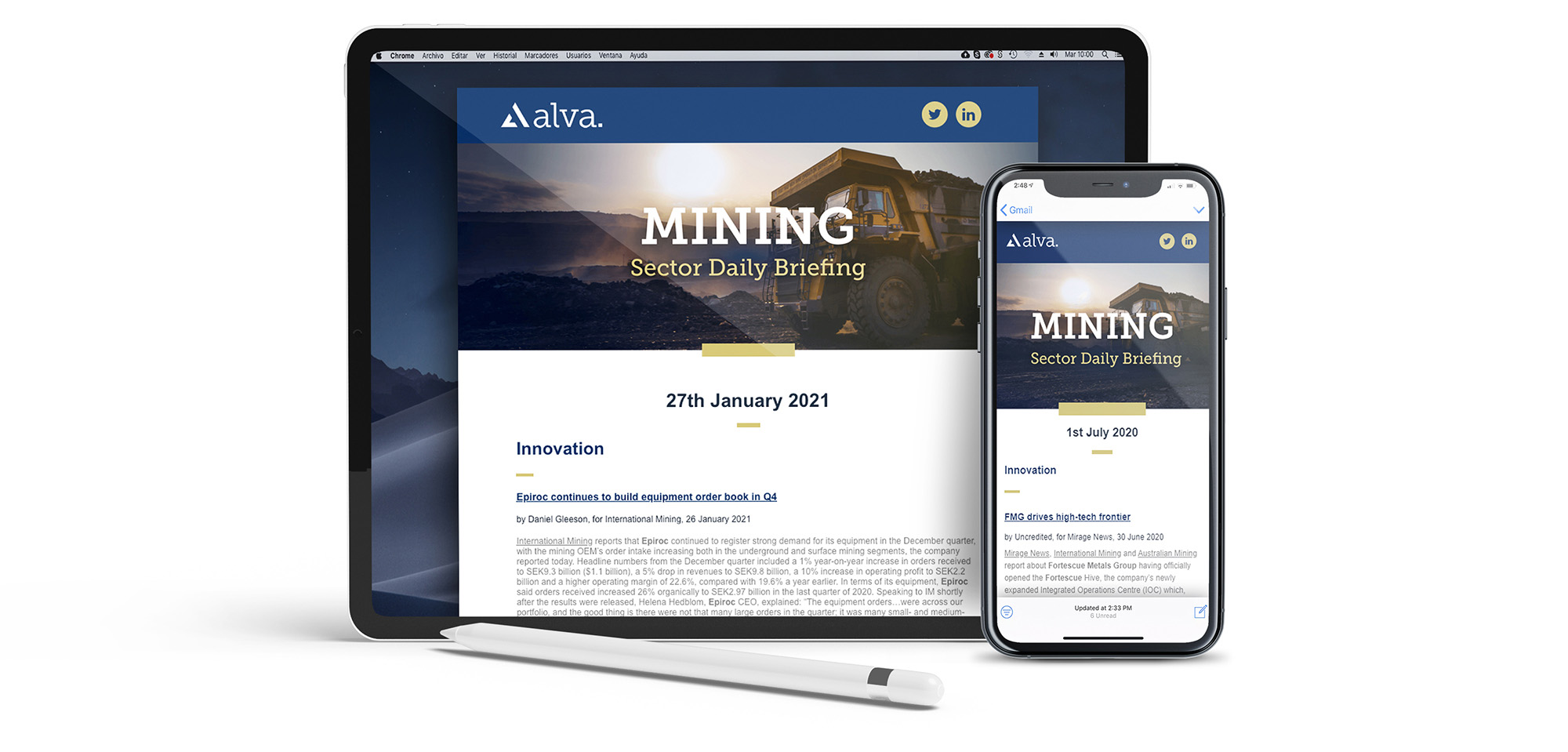
Once you’ve realised that you can’t afford to be without a media monitoring service, aim to engage the best provider you can afford – bearing in mind that ‘best’ doesn’t have to mean ‘most expensive’. Each organisation’s needs are different, but when choosing between media monitoring companies, follow these seven golden rules:
Be part of the Stakeholder Intelligence community